Medical Appointment Reminder Letter Template Guide
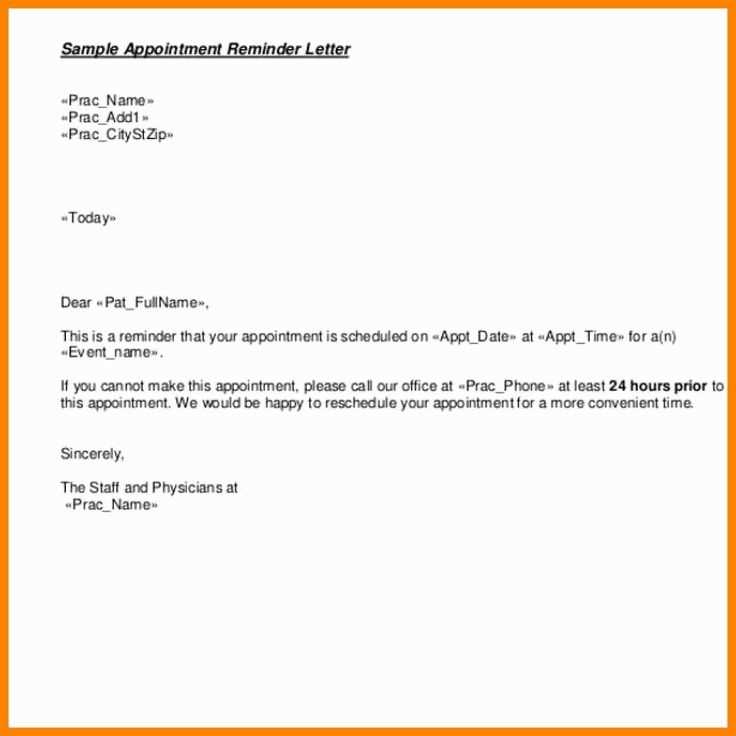
In the fast-paced world of healthcare, ensuring that patients are properly informed about their upcoming visits is crucial for smooth operations. Clear and timely notifications can help reduce missed visits, improve patient satisfaction, and enhance overall efficiency. A well-crafted message can serve as a friendly reminder, reinforcing the importance of timely attendance and preparing patients for their next consultation.
Crafting the right message is key to making sure your audience understands the details they need. Whether it’s a simple notification or a more formal communication, the tone and structure of the message matter. With the right format, you can make sure the essential information is conveyed, while keeping it clear and professional.
Customizing your approach to each patient is equally important. A personalized note can make all the difference in creating a sense of care and attention, ensuring that your message resonates and is taken seriously. In this article, we will explore the key elements and techniques for crafting effective communication for health-related appointments, enabling you to enhance patient engagement and reduce scheduling issues.
Why Use Appointment Reminder Letters
Clear communication plays a vital role in the healthcare process. By sending patients a well-crafted notification about their upcoming visits, you can significantly reduce the likelihood of missed appointments and streamline daily operations. These notifications serve as gentle nudges to help patients stay on track, while also enhancing the overall experience for both the healthcare provider and the patient.
There are several key benefits to utilizing such communication methods:
- Improved Patient Attendance: Regular reminders increase the chances of patients showing up, reducing no-shows.
- Efficiency in Scheduling: With fewer missed visits, it’s easier to fill open time slots, maintaining an optimal schedule.
- Enhanced Patient Satisfaction: A friendly notification shows attentiveness, fostering a positive relationship between provider and patient.
- Cost Savings: Reducing cancellations and missed visits can save valuable resources, improving the bottom line.
In summary, sending reminders is a practical strategy for maintaining effective healthcare operations, ensuring that both patients and providers benefit from clear and timely communication.
How to Create an Effective Template
Crafting a well-structured communication tool is essential for ensuring that patients receive all the necessary information in a clear and concise manner. A well-designed message will make it easy for recipients to understand the purpose, timing, and importance of the upcoming visit, while also leaving a positive impression. To achieve this, certain key elements must be considered during the creation process.
Key Components to Include
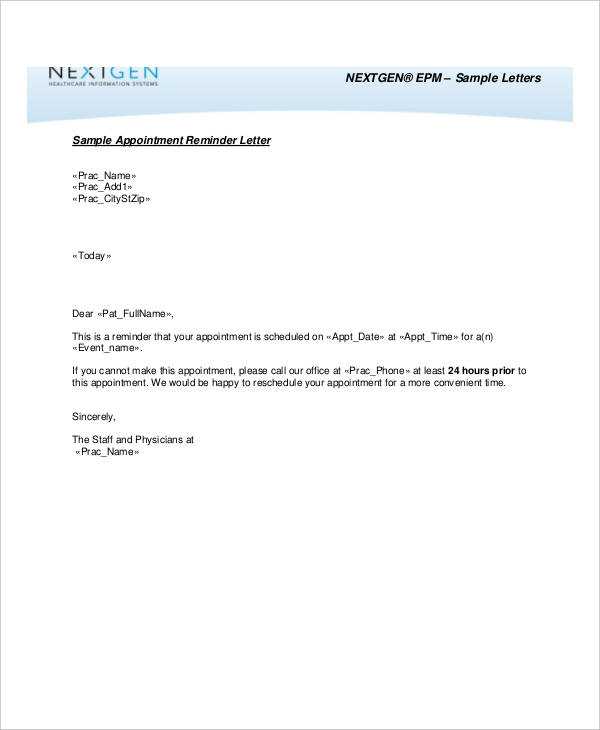
An effective message should include the following key elements:
- Introduction: Start with a friendly greeting that sets a positive tone.
- Details of the Visit: Include the date, time, and location of the consultation to avoid confusion.
- Instructions: If there are any preparations or documents needed, ensure these are clearly stated.
- Contact Information: Provide clear instructions for rescheduling or reaching out if necessary.
Formatting Tips
Simple formatting can enhance readability and ensure that key details stand out. Use bold text for important information like dates and times, and avoid cluttering the message with excessive details. Clear sections and bullet points help break up the content, making it easier to follow. Additionally, be sure to keep the language friendly and professional, ensuring the tone remains inviting and respectful.
Key Elements of Reminder Letters
When crafting a notification about upcoming visits, it’s important to include specific details that ensure clarity and minimize confusion. Each component of the message plays a role in making the information clear, helpful, and easy for recipients to act upon. A thoughtfully structured message will ensure that all necessary information is delivered without overwhelming the reader.
Clear and Accurate Timing: Ensure the date and time of the visit are highlighted. This is the most critical information and should be easy to find in the message. Be sure to also include time zone details if applicable.
Patient Instructions: If the visit requires any special instructions, such as fasting or bringing certain documents, these should be clearly listed in the communication. Providing this information in bullet points or numbered lists can make it more accessible.
Contact Information: It’s important to include details on how the recipient can contact your office. This might include phone numbers, email addresses, or links for rescheduling or confirming attendance.
Friendly and Professional Tone: The language of the message should strike a balance between professionalism and warmth. While you want to be clear and direct, it’s important to keep the tone friendly and approachable to avoid sounding too formal or harsh.
Personalizing Your Reminder Letter
Personalizing your communication can significantly improve patient engagement and the likelihood that they will take action. By adding a personal touch, the recipient feels that the message is specifically for them, rather than a generic notice. This can help foster a sense of care and increase the response rate to your communication.
How to Personalize Your Message
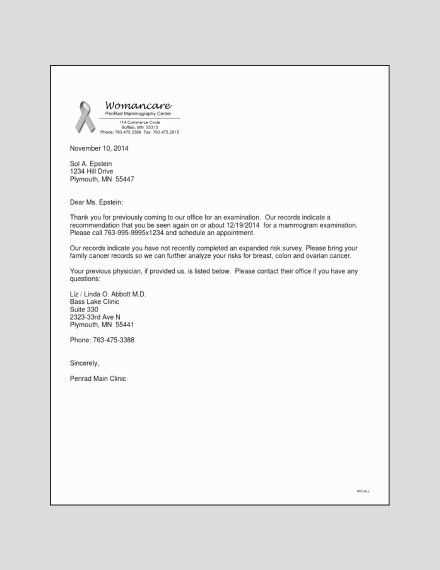
There are several ways to make the message feel more individualized:
- Use the Recipient’s Name: Begin the message with the patient’s name to create a direct and personal connection.
- Tailor the Message: If applicable, refer to previous visits or specific details about the patient’s care to make the message feel more relevant.
- Offer Custom Instructions: If the patient has specific needs or requirements for the upcoming visit, mention them directly to make the communication more helpful.
Creating a Friendly Tone
The tone of your message plays a significant role in how it is received. A friendly, conversational tone helps to establish rapport and shows that you care about the recipient’s well-being. You can achieve this by using phrases like “we look forward to seeing you” or “we are here to assist with any questions.” This makes the message feel more like a helpful reminder than a formal notice.
Best Practices for Sending Letters
To ensure effective communication and increase the likelihood that recipients will act on the information, it’s important to follow a few key strategies when sending notifications. Timing, method, and clarity all play critical roles in how well your message is received and responded to. Implementing best practices can make the process more efficient and effective for both patients and providers.
One of the most crucial aspects is to consider when and how you send these notifications. Below is a table that outlines some of the best practices for choosing the right time and method:
| Sending Method | Advantages | Best Timing |
|---|---|---|
| Quick, cost-effective, easy to track | 1-2 days before the scheduled visit | |
| SMS/Text Message | Instant delivery, high open rates | 1 day before the visit or a few hours prior |
| Postal Mail | Suitable for long-term planning, formal touch | 7-10 days before the visit |
By choosing the appropriate method based on the urgency and preference of your audience, you ensure that the message is received at the optimal time. Additionally, maintaining a balance between efficiency and personalization will help keep patients engaged and informed.
Common Mistakes to Avoid in Letters
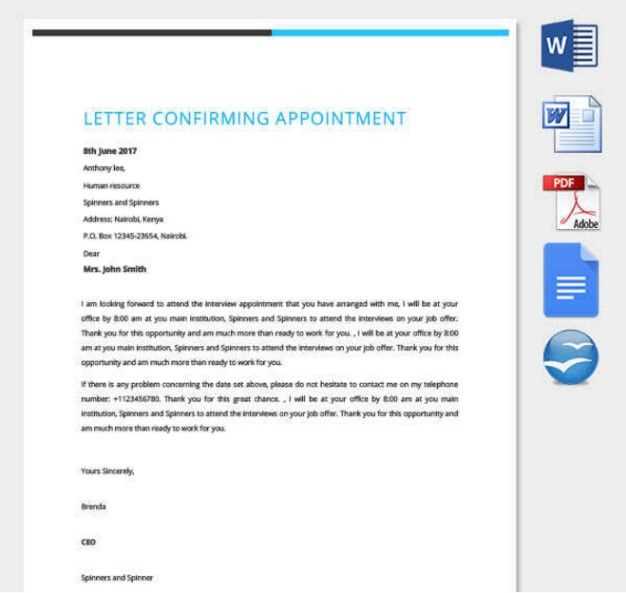
While crafting a notification for upcoming visits, it’s important to avoid certain pitfalls that can lead to confusion, missed visits, or dissatisfaction. A well-constructed message ensures that the recipient fully understands the necessary information, while mistakes can result in unclear communication or a lack of response. Below, we’ll explore some common errors to watch out for when preparing your messages.
Lack of Clear Details
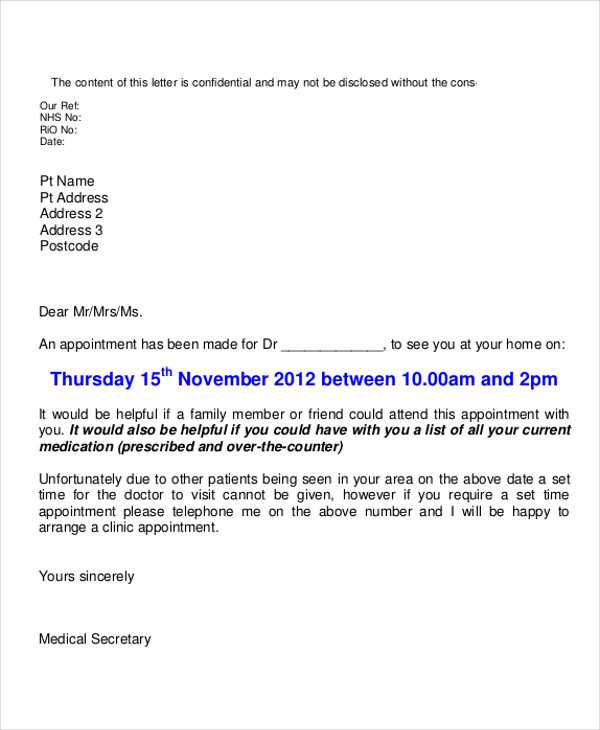
One of the biggest mistakes is failing to include all essential information clearly. If the recipient is unsure about the time, location, or any other important details, the purpose of the communication is lost. Here are some key points to avoid:
- Unclear or missing date and time: Always double-check the accuracy and clarity of these details.
- Ambiguous instructions: Ensure any preparation or actions required are clearly communicated.
- Missing contact information: Make sure patients can reach your office easily if they have any questions.
Overloading with Information
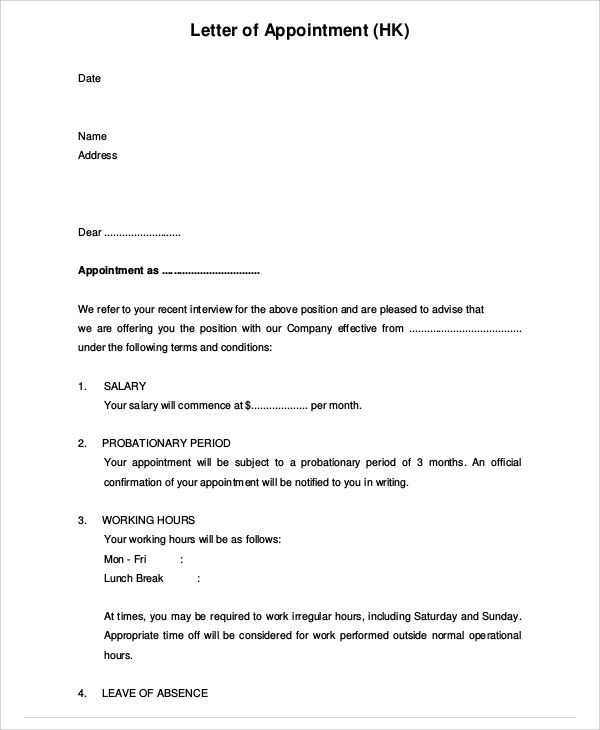
Another common mistake is overwhelming the recipient with too much detail. A long and complicated message can easily confuse or deter the reader. Here’s what to keep in mind:
- Stick to key points: Focus on the essentials and avoid unnecessary jargon.
- Keep the tone friendly: A lengthy, formal tone can feel impersonal and detached.
- Avoid clutter: Break up the content into easily digestible sections, using bullet points or numbered lists when possible.